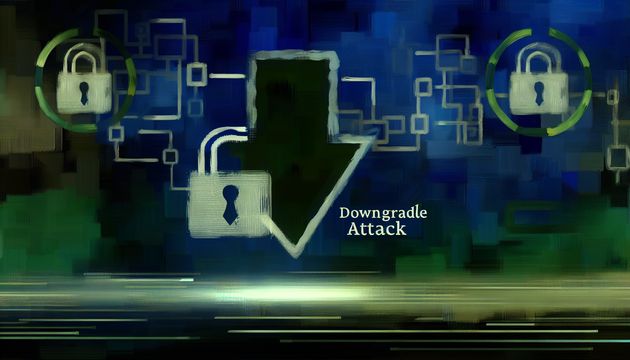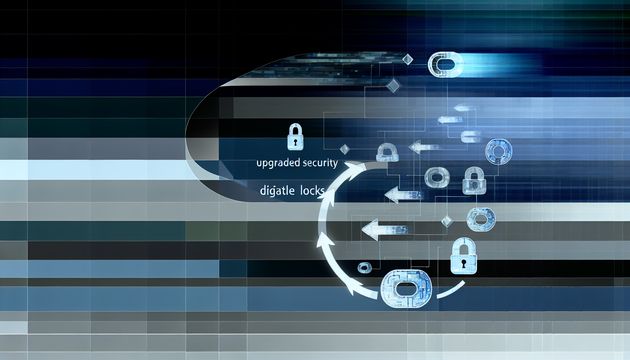
Fortinet SSL VPNs Under Siege: Uncovering the Threat of Zero-Day Vulnerabilities
Imagine waking up to find your digital fortress under siege, with attackers relentlessly probing for weaknesses. This is the reality for many organizations using Fortinet SSL VPNs, as a recent surge in brute-force attacks has sent shockwaves through the cybersecurity community. These attacks, highlighted by GreyNoise, often hint at the discovery of zero-day vulnerabilities—unknown flaws that hackers can exploit before developers have a chance to patch them. Historically, 80% of such attack spikes have preceded the disclosure of new vulnerabilities, suggesting that attackers might already be exploiting undisclosed weaknesses in Fortinet’s systems. This situation not only threatens the immediate security of affected enterprises but also poses broader risks to critical infrastructure sectors like government, healthcare, and finance. With over 780 unique IP addresses involved, the coordinated nature of these attacks underscores the sophisticated threat landscape organizations must navigate today.
Implications of the Attacks
Increased Vulnerability to Zero-Day Exploits
The spike in attacks on Fortinet SSL VPNs raises alarms about potential zero-day vulnerabilities. As noted by GreyNoise, such activity often precedes the discovery of new vulnerabilities, with an 80% historical correlation. This suggests that the current wave of attacks could be a precursor to new zero-day vulnerabilities being discovered and exploited. Attackers may already have knowledge of these vulnerabilities, allowing them to gain unauthorized access before patches are available.
Impact on Enterprise Security Posture
These attacks challenge the security posture of enterprises relying on Fortinet’s VPN infrastructure. The coordinated nature of the attacks, involving over 780 unique IP addresses as reported by GreyNoise, highlights a sophisticated threat landscape. Organizations must reevaluate their security strategies, emphasizing robust patch management, strong password policies, and multi-factor authentication to mitigate unauthorized access risks.
Economic and Operational Consequences
The economic and operational impacts of these attacks can be substantial. Organizations may face increased costs related to incident response, system downtime, and potential data breaches. The need to rapidly deploy patches and updates, as well as enhance security measures, can strain IT resources and budgets. Additionally, potential data breaches raise concerns about compliance with data protection regulations and associated financial penalties. As noted by Field Effect, ensuring that all Fortinet devices are running the latest firmware and that known vulnerabilities are patched is crucial to minimizing these risks.
Threat to Critical Infrastructure
The targeting of Fortinet SSL VPNs, widely used in sectors like government, healthcare, and finance, poses a significant threat to critical infrastructure. Attackers exploiting vulnerabilities in these systems could disrupt essential services and operations. The Nimble Nerd reports that the attacks involved IP addresses from multiple countries, suggesting a coordinated effort that could be part of a larger campaign to compromise critical infrastructure globally.
Strategic Recommendations for Mitigation
Organizations must adopt a proactive approach to cybersecurity. Continuous monitoring of network traffic for unusual activity, as highlighted by Rewterz, is essential. Implementing advanced threat detection and response solutions can help identify and mitigate potential threats before they cause significant damage. Regular security audits and vulnerability assessments can identify and address potential weaknesses. By adopting a comprehensive security strategy, organizations can better protect themselves against the evolving threat landscape posed by these attacks.
Final Thoughts
The spike in brute-force attacks on Fortinet SSL VPNs serves as a stark reminder of the ever-present threat of zero-day vulnerabilities. As highlighted by GreyNoise, the scale and coordination of these attacks necessitate a reevaluation of current security strategies. Enterprises must prioritize robust patch management, implement strong password policies, and adopt multi-factor authentication to safeguard against unauthorized access. Moreover, the potential economic and operational impacts, including increased incident response costs and compliance challenges, underscore the need for proactive cybersecurity measures. By embracing continuous monitoring and advanced threat detection solutions, organizations can better protect themselves against these evolving threats, as emphasized by Rewterz.
References
- GreyNoise. (2025). Spike in Fortinet VPN brute-force attacks raises zero-day concerns. https://www.bleepingcomputer.com/news/security/spike-in-fortinet-vpn-brute-force-attacks-raises-zero-day-concerns/
- GreyNoise. (2025). Fortinet SSL VPN targeted by hackers. https://gbhackers.com/fortinet-ssl-vpn-targeted-by-hackers/
- Field Effect. (2025). Fortinet SSL VPNs targeted. https://fieldeffect.com/blog/fortinet-ssl-vpns-targeted
- Nimble Nerd. (2025). Fortinet under siege: Brute-force blitz targets VPNs in multi-nation cyber comedy of errors. https://thenimblenerd.com/article/fortinet-under-siege-brute-force-blitz-targets-vpns-in-multi-nation-cyber-comedy-of-errors/
- Rewterz. (2025). Fortinet SSL VPN hit by 780 IPs active IOCs. https://rewterz.com/threat-advisory/fortinet-ssl-vpn-hit-by-780-ips-active-iocs



